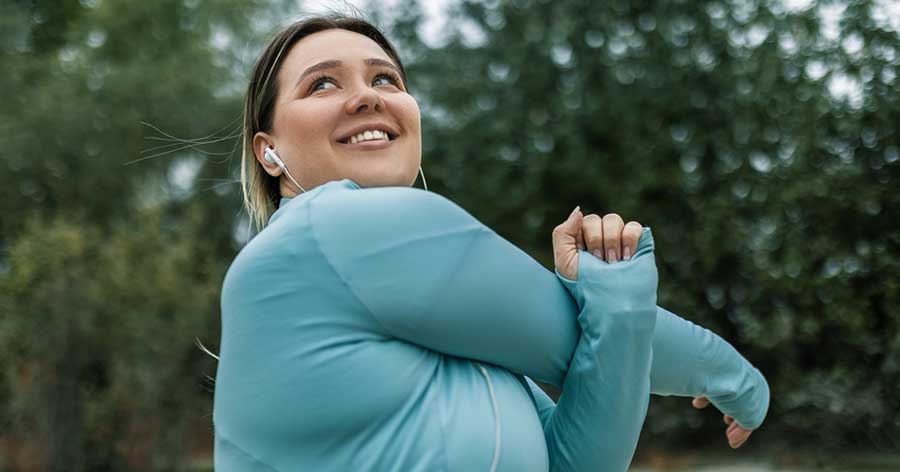Top-line results from the SURMOUNT-1 clinical trial have shown that tirzepatide, a dual GIP/GLP-1 receptor agonist currently being developed by Lilly, achieves superior weight loss to placebo at 18 months of treatment, with participants losing a mean of 22.5% of their body weight (24 kg) with the highest dose of 15 mg.
This phase 3 study enrolled 2539 participants and sought to evaluate the efficacy and safety of tirzepatide in adults with obesity, or with overweight and at least one comorbidity, who did not have diabetes. At baseline, mean body weight was 105 kg. At 18 months, compared with a weight loss of 2.4% in the placebo group, tirzepatide recipients achieved average weight loss of 16.0% with the 5 mg dose, 21.4% with 10 mg and 22.5% with 15 mg. Furthermore, 89% of those taking 5 mg and 96% of those taking 10 mg and 15 mg of tirzepatide achieved at least 5% body weight reductions, compared with 28% of the placebo group, while 55% (10 mg) and 63% (15 mg) of tirzepatide recipients achieved at least 20% body weight reductions, compared with 1.3% of the placebo group.
As with the GLP-1 receptor agonist class, the most commonly reported adverse events were gastrointestinal in nature and were generally mild to moderate in severity, usually occurring during the dose-escalation period (tirzepatide dosage was increased in a stepwise approach at four-week intervals up to the final randomised maintenance dose). Treatment discontinuation rates due to adverse events were 4.3% (5 mg), 7.1% (10 mg), 6.2% (15 mg) and 2.6% (placebo). The overall treatment discontinuation rates were 14.3% (5 mg), 16.4% (10 mg), 15.1% (15 mg) and 26.4% (placebo).
Participants who had non-diabetic hyperglycaemia at study commencement will remain enrolled in the SURMOUNT-1 trial for an additional 2 years of treatment in order to evaluate the impact of the drug on body weight and progression to type 2 diabetes.






